The US plans to conduct the logistics of its war in that region through the Baltic Sea and Eastern Europe.
The US plans to conduct the logistics of its war in that region through the Baltic Sea and Eastern Europe.
By Halil Özsaraç, (Ret.) Turkish Staff Navy Captain
In my previous article, I explained that inland trade routes could be useful only when connected to the sea. Otherwise, thousands of kilometers of land corridors linked end to end would fall short of being profitable trade routes. For this reason, I opposed our Ministry of Transport and Infrastructure becoming a “strategic partner”, in other words investing, in the Three Seas Initiative.
Now, I will focus on the economic, political, and military consequences that such an investment would bring.
A political trap to Türkiye?
So far, the Eastern European countries have presented 143 projects under the Three Seas Initiative, with a total budget of 111 billion euros, to potential investors. Among these, 89 projects with a combined budget of 102.3 billion euros hold “priority” status. The remaining 54 projects, which are considered “non-priority” have been allocated a rather “modest” budget of 8.7 billion euros. Of the priority projects, 43 are transport-related, 33 concern energy, and 13 focus on telecommunications investments. Notably, most of the projects are transport-related and could also serve as infrastructure for war supply lines.
Among the 89 “priority” mega-projects mentioned are:
— The Croatia-Hungary natural gas pipeline,
— The Poland-Lithuania natural gas pipeline,
— The Danube River transport infrastructure renewal project covering Romania, Bulgaria, Croatia, Hungary, and Slovakia (the FAIRway Danube Project),
— And 27 others, such as the UAV monitoring system over Polish, Moldovan, and Ukrainian airspace have either been completed and become operational or are about to be.
Regarding these 89 priority projects:
Construction has started on 19 of them, including the pipeline from the Romanian Black Sea gas fields to Bulgaria, Romania, Hungary, and Austria, the Baltic-Adriatic Trans-European Transport Network (TEN-T), covering road, rail, sea, and air transport, and the Rail Baltica Project, which will integrate Estonia, Latvia, and Lithuania into the European rail network.
The tenders for the remaining 43 projects have been completed, and their construction is about to begin.
As you can see, Türkiye no longer has a chance to invest in any of the 89 “priority” projects, except as a subcontractor. The investments that Türkiye is pursuing as a main contractor are actually among the 54 “non-priority” projects, which have a modest total budget of 8.7 billion euros. Of these, 35 are transportation projects and 19 are energy infrastructure projects. Notice that even among these non-priority projects, transport projects which could serve as supply lines in wartime make up the majority. Of these 54 projects, 13 are in Moldova and 12 in Ukraine.
From the above information, the following should be foreseen:
— Türkiye is left with a potential pie of only 8.7 billion euros out of 111 billion euros of project investments.
— Türkiye share from pie will be projects in Moldova and Ukraine, where European investors are concerned about political risks and difficulties.
Allowing Türkiye to carry out projects in Moldova and Ukraine, which are politically risky and serve as wartime supply routes posing a clear military threat to Russia, would mean falling into a trap set by the West to destabilize Türkiye-Russia relations. Europe is less interested in Türkiye’s ability as an investor and more in having Türkiye act as a “representative” to keep Russia occupied. I believe that adopting a stance that could jeopardize Turkish-Russian friendship just so Turkish contractors might earn one or two billion euros is not a wise approach.
Becoming a strategic partner in the Three Seas Initiative carries economic risks that are closely intertwined with political risks. Before the Russia-Ukraine War, Eastern Europe was heavily dependent on Russian energy supplies. For example, in 2020, the share of oil imports from Russia was:
— 83% for Lithuania,
— 74% for Slovakia,
— 58% for Poland,
— 93% for Latvia,
— 79% for Estonia,
— 77% for Bulgaria.
When the Russia-Ukraine war began, Western sanctions on Russia led to the entire Eastern Europe losing access to Russian oil and natural gas. This forced Eastern Europe to build LNG terminals in Poland and Croatia and a gas pipeline between the two terminals as part of the Three Seas Initiative projects. In other words, while this freed Eastern Europe from dependence on Russian gas, it simultaneously made the region dependent on US’s LNG.
Doesn’t the Three Seas Initiative, which blocks Russian oil and gas from reaching Eastern Europe, economically harm Türkiye, which is an important transit terminal for Russian gas? It certainly does. So, will Türkiye finance to cause economic damage to our own country?
Logistic support routes for war
Now, let’s come to the potential military risks of the Three Seas Initiative to Türkiye. The “Via Carpatia Highway” project, stretching 718 km, is a mega transport route planned to connect the Port of Klaipeda in Lithuania through Poland, Slovakia, Hungary, Romania, and Bulgaria to the Port of Thessaloniki in Greece. It is planned to be completed by the end of 2025. According to Western military experts, the railway line extending from the Baltic-Adriatic Trans-European Transport Network to Thessaloniki via the Via Carpatia Highway forms a defense infrastructure that serves as a “deterrent” against Russia. To summarize the claims of US military authorities: in the event of a Russian invasion of the Baltic coastlines, the logistical transport for a NATO-Russia war would be carried out through the Aegean Sea and the road/rail connections linked to Thessaloniki.
Since no route is one-way, let’s read the U.S. military authorities’ assessments in reverse: If NATO decides to go to war with Asia, or the US with Türkiye, or more simply, Greece with Türkiye, then neither the Via Carpatia Highway nor the Baltic-Adriatic Trans-European Railway would be used against Russia, but against Türkiye itself.
This means the US, assessing that it cannot defeat the strong Turkish Navy in the Eastern Mediterranean, plans to conduct the logistics of its war in that region through the Baltic Sea and Eastern Europe, where the Turkish Navy has no influence. Ironically, one of the investors in this Klaipeda (Baltic) to Thessaloniki (Aegean) wartime supply route targeting Türkiye will be Türkiye itself.
It seems, unfortunately, that our government’s vision of linking the “Development Road” and “Middle Corridor” with the Three Seas Initiative. Expecting economic benefits from this connection fails to see that these land and rail routes stretching from the Baltic to the Aegean will be the main wartime supply line used against Türkiye.




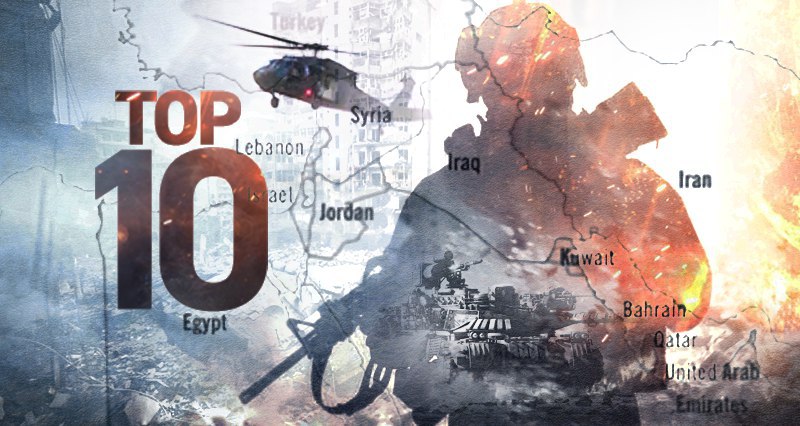


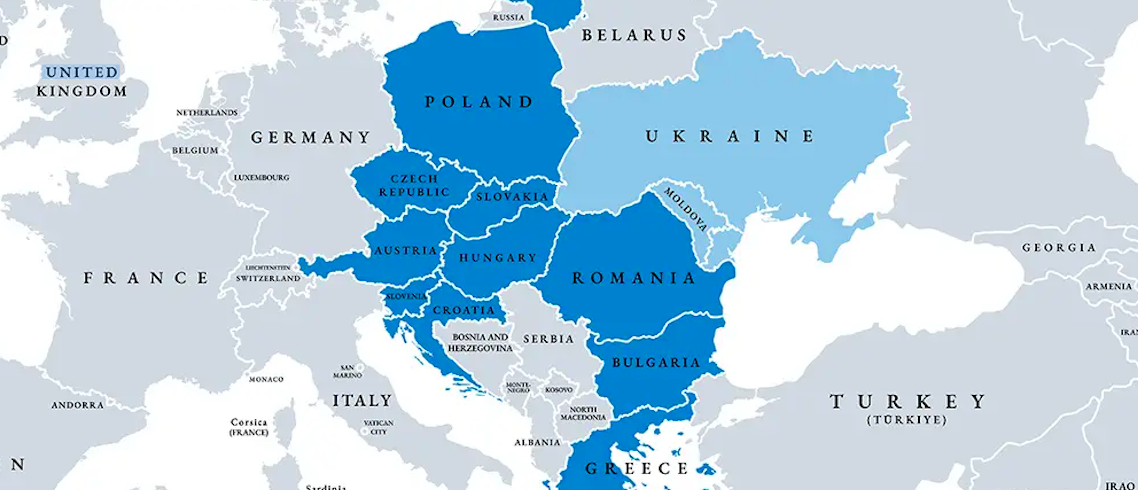

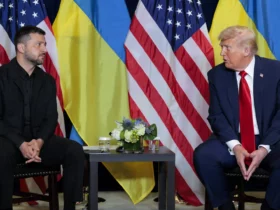

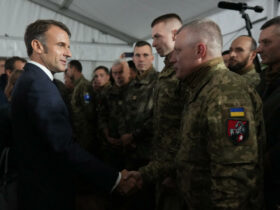
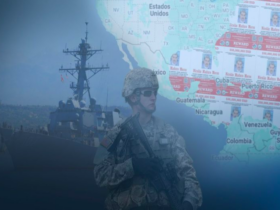

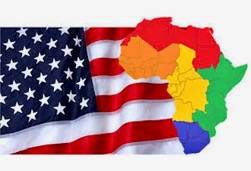
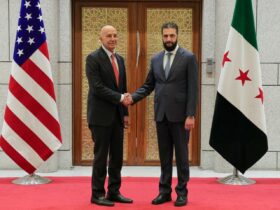
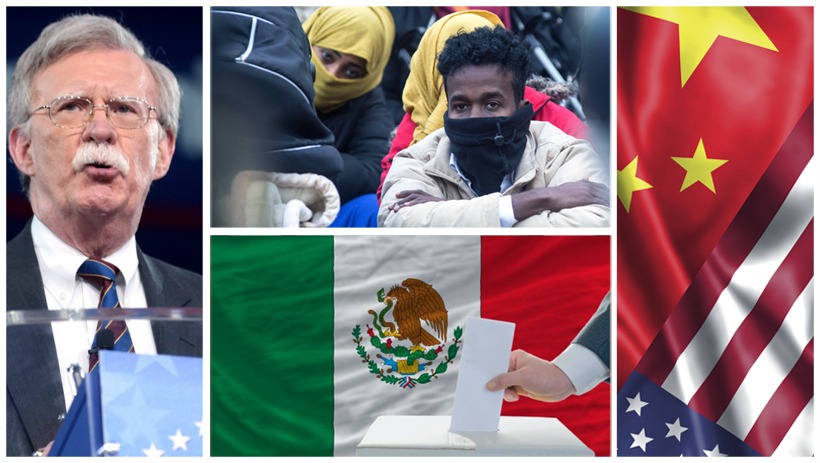
Leave a Reply